Determined to relocate 39,600 dilapidated houses along canals within 5 years
Recently, the Ho Chi Minh City People's Committee approved the Urban Remodeling Project for residential areas along canals and ditches, with the goal of relocating all 39,600 houses located along canals and ditches in the area by 2030. To complete the project on schedule, the City has developed a specific implementation roadmap.
In particular, 2025 is the year to complete the overall renovation project, collect opinions from relevant parties and submit for approval. At the same time, review and adjust the 1/2,000 scale zoning plan in the areas planned for renovation. Next, the 2025 - 2026 period will focus on establishing and approving detailed projects related to relocation, construction of resettlement houses, social housing and fully implementing investment procedures according to regulations.
In the 2026 - 2027 period, the City plans to start construction of resettlement housing projects. At the same time, work related to land acquisition, compensation and site clearance will be carried out. In the 2028 - 2030 period, construction of technical infrastructure, traffic, drainage systems, embankments, parks, public spaces will be carried out; bidding and auctioning of land funds formed after clearance will be carried out.
During the field survey on the relocation of houses along canals in District 8 (old) in mid-April 2025, Chairman of the Ho Chi Minh City People's Committee Nguyen Van Duoc emphasized that the project to renovate houses along canals must be considered a top priority in the city's urban development program. The Chairman of the City People's Committee requested the Department of Finance to advise and arrange capital for implementation in many forms such as state budget, social mobilization, land fund development..., ensuring to meet the requirements of project implementation from now until 2030...
Implement the model of "using land to support projects"
According to a report from the Ho Chi Minh City Department of Construction, in the past, the city's urban renovation and beautification programs were somewhat more favorable when it was able to mobilize ODA loans from the World Bank, including non-refundable capital or capital with preferential interest rates. The city also applied a policy of selling state-owned houses to create capital for the construction of resettlement and relocation areas. At that time, vacant land in the area was still abundant, easily attracting investment under the public-private partnership (PPP) method.
However, the current situation has changed a lot. Vacant land is almost gone, while related legal regulations have been adjusted in a more strict direction. These factors make the work of relocating houses along canals and ditches much more difficult and complicated.
According to the Urban Remodeling Project for residential areas along canals and ditches, Ho Chi Minh City needs more than 220,000 billion VND to relocate the remaining 39,600 dilapidated houses along rivers, canals and ditches. Of which, the cost of compensation, support and resettlement is 130,680 billion VND; the cost of building social housing is 10,692 billion VND; the remaining cost is infrastructure construction and canal renovation of about 80,000 billion VND. It can be said that this is a huge number, equivalent to the total public investment capital of Ho Chi Minh City (old) within 2 years.
To obtain the above huge capital, the City plans to auction land funds after site clearance to generate revenue for the project. According to preliminary calculations, after clearance, these lands can generate revenue of up to 164,111 billion VND. The model of "using land to support the project" is expected to bring a feasible and sustainable financial solution, helping the City ensure long-term capital balance.
At the same time, Ho Chi Minh City actively reviewed the list of land funds managed by the State but used ineffectively, thereby proposing to change the purpose of use and conduct auctions to create additional revenue sources for relocation projects.
In addition to public capital, the City has also proactively called for private investment in social housing and resettlement housing projects under the public-private partnership (PPP) model. Accordingly, investors can participate in design, construction, exploitation and re-leasing according to preferential policies prescribed by the State. This approach not only helps Ho Chi Minh City mobilize social resources, but also reduces pressure on the state budget.
Source: https://baodautu.vn/tphcm-ap-dung-mo-hinh-lay-dat-nuoi-du-an-d324967.html


![[Photo] Delegation attending the Government Party Congress visited President Ho Chi Minh's Mausoleum](https://vphoto.vietnam.vn/thumb/1200x675/vietnam/resource/IMAGE/2025/10/12/1760240068221_dsc-3526-jpg.webp)
![[Photo] National Assembly Chairman Tran Thanh Man attends the 725th anniversary of the death of National Hero Tran Hung Dao](https://vphoto.vietnam.vn/thumb/1200x675/vietnam/resource/IMAGE/2025/10/12/1760285740475_ndo_br_bnd-8978-jpg.webp)
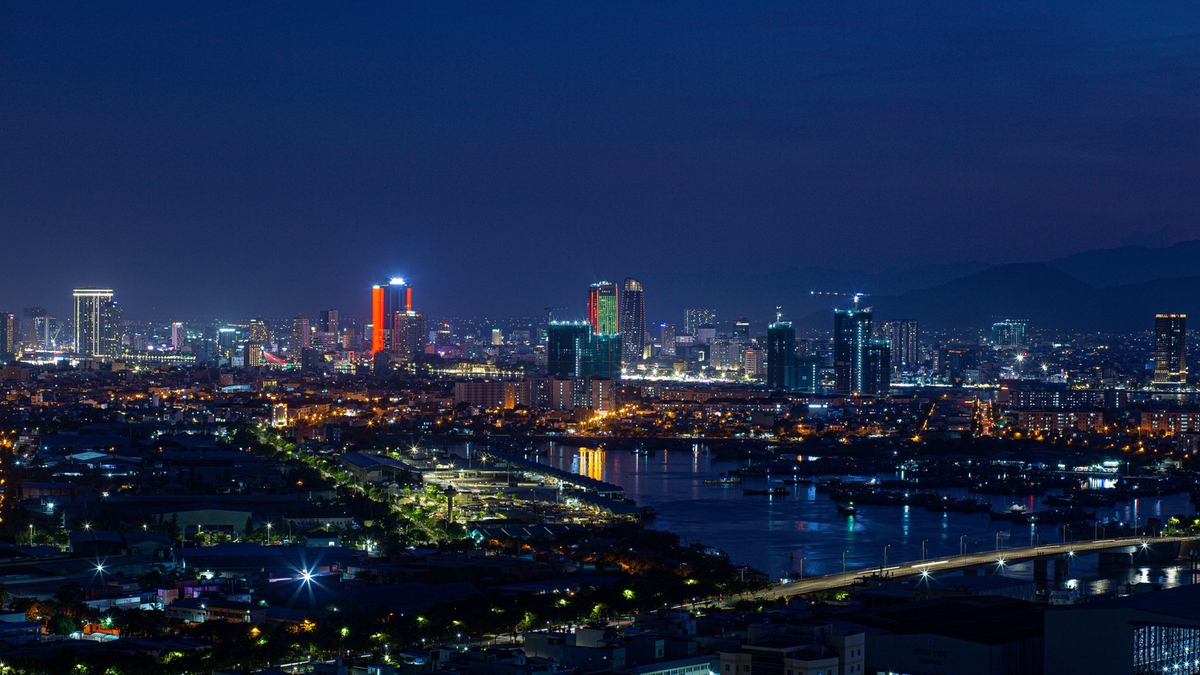

![[Photo] The 1st Government Party Congress held a preparatory session.](https://vphoto.vietnam.vn/thumb/1200x675/vietnam/resource/IMAGE/2025/10/12/1760257471531_dsc-4089-jpg.webp)





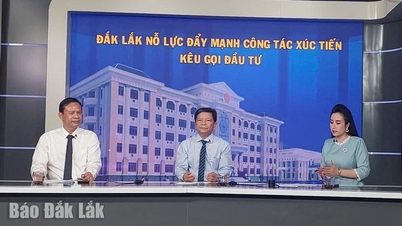

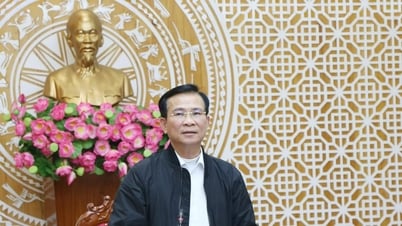

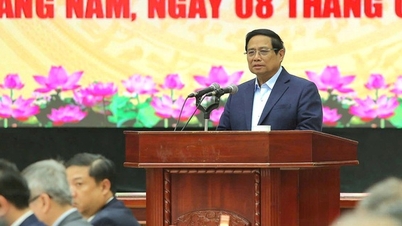




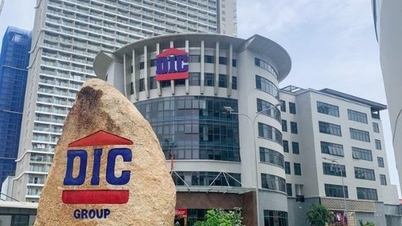


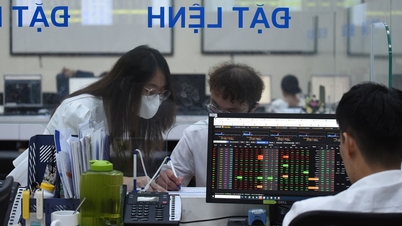





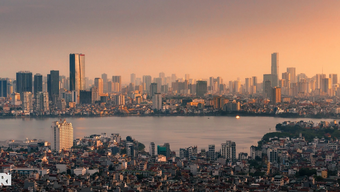





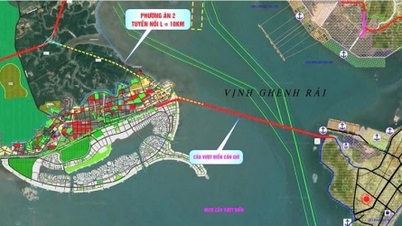



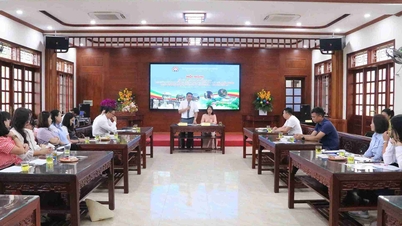







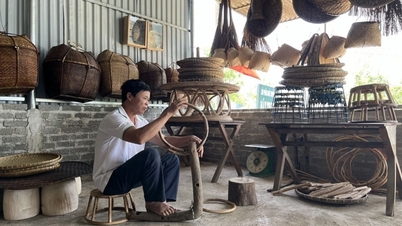

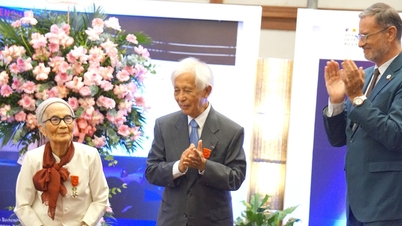






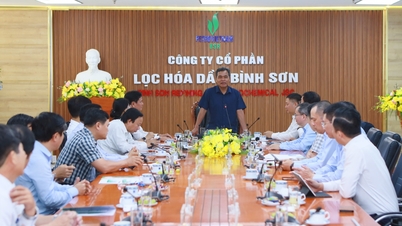

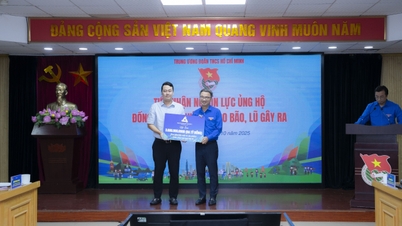


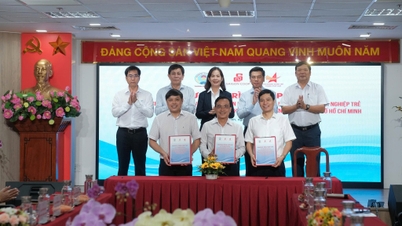










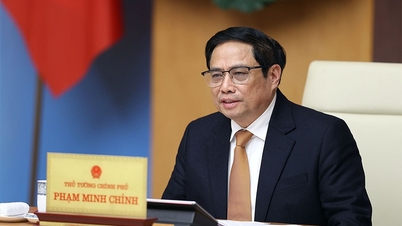

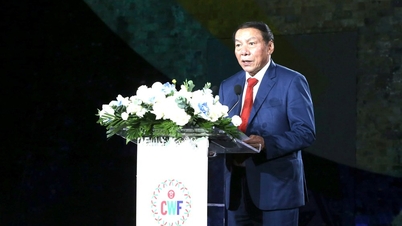

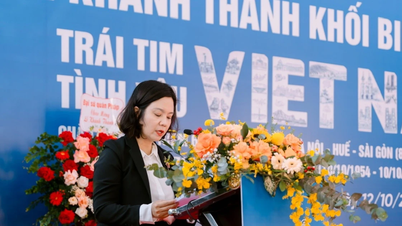
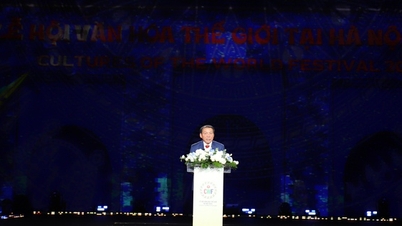



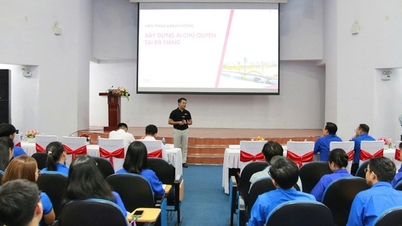
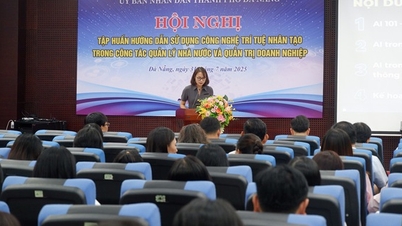
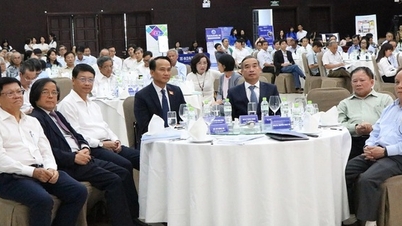
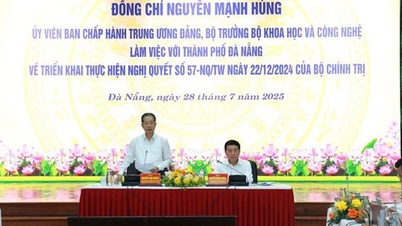
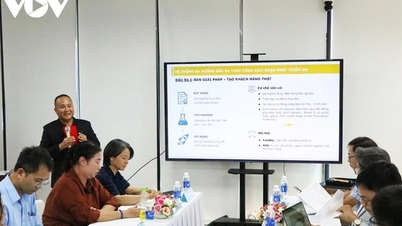


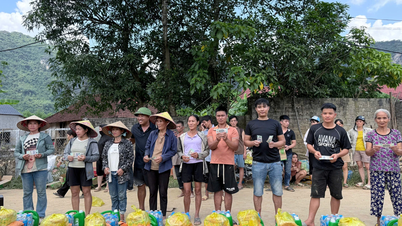

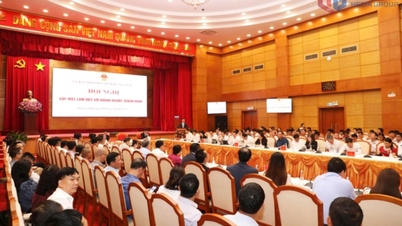

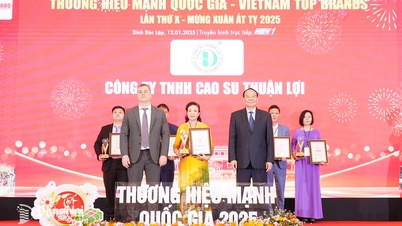

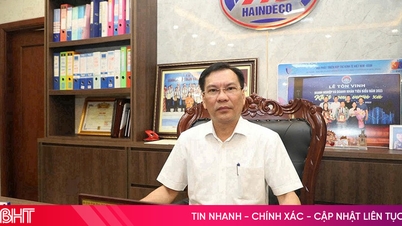



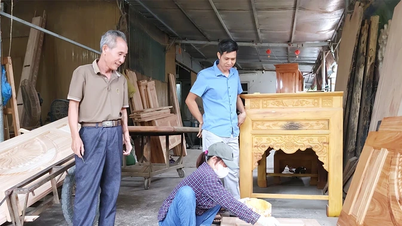












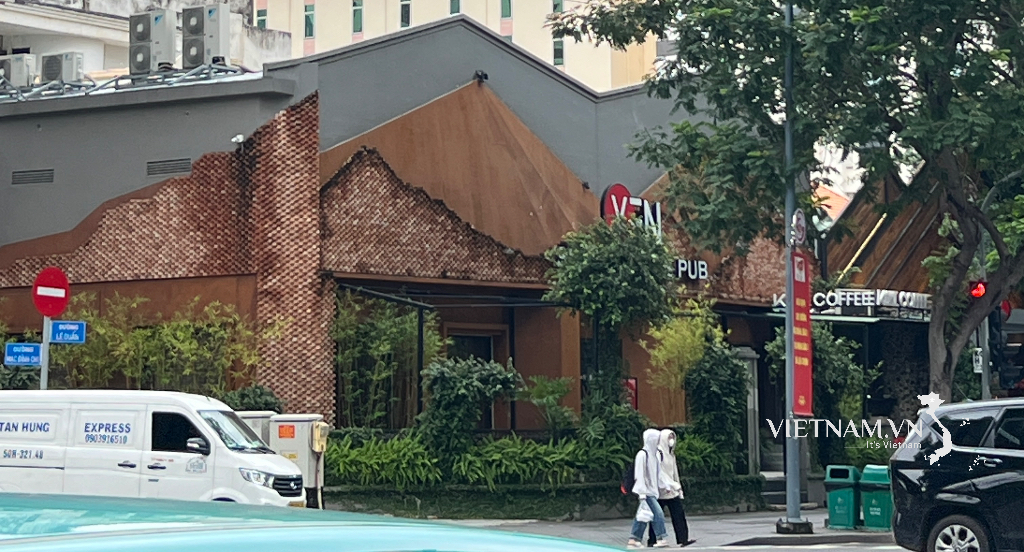
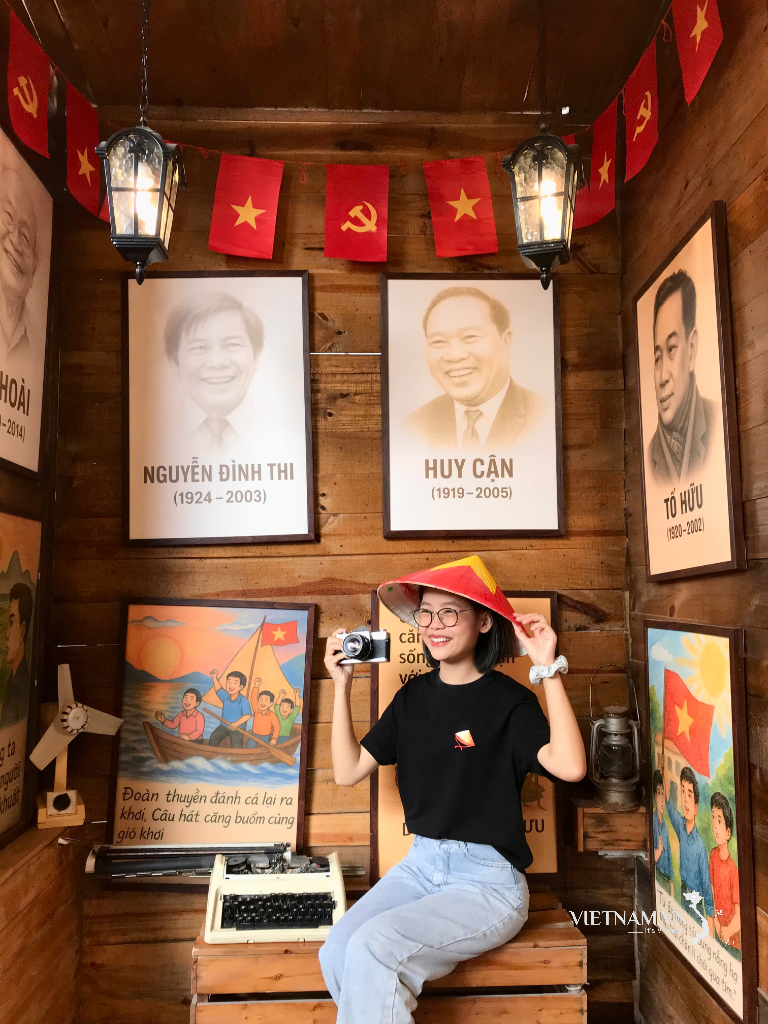

Comment (0)